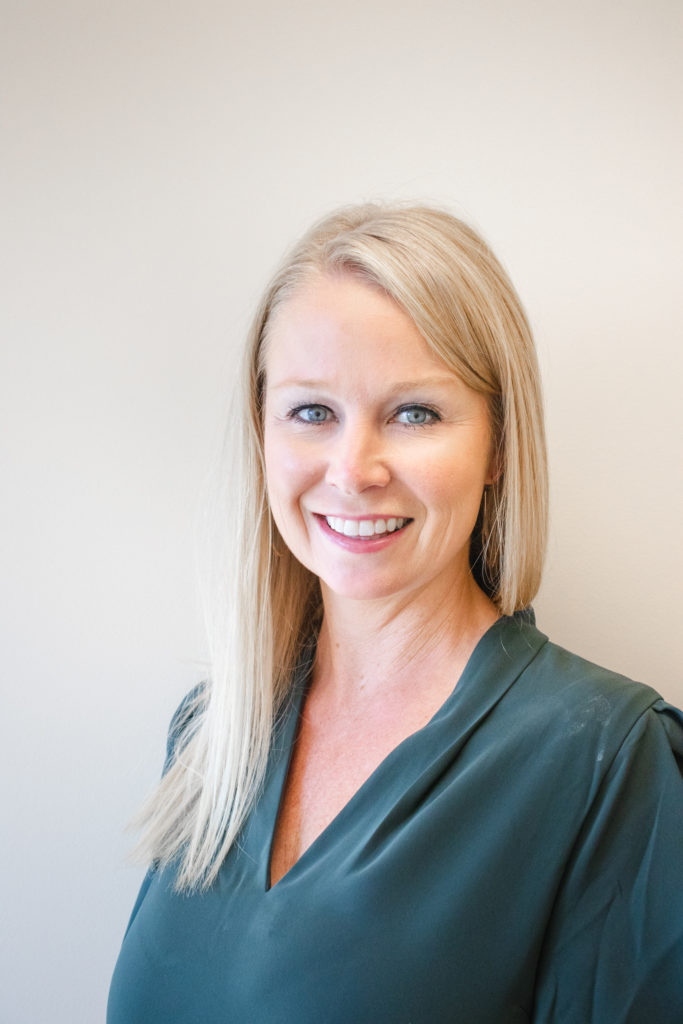Illinois-based Transitions Care is implementing new technology and innovative care models to maximize its opportunities for value-based reimbursement, improve patient outcomes and create efficiency to reduce the burden on staff.
In pursuit of these objectives, the company in 2021 launched two new programs: Chronic Care Management (CCM) and Transitional Care Management (TCM), as well as deploying remote patient monitoring (RPM) systems.
Transitions Hospice is a portfolio company of the Transitions Group, which also holds skilled nursing, home health, medical equipment and therapy assets.
“The common thread is that by implementing these three different types of additional care services, we are able to remotely communicate with our patients and conduct telehealth visits with our physicians and nurse practitioners,” Transitions Home Medical Group President Trish Benson told Hospice News. “It’s really enhanced how quickly a patient can be seen and treated, but we’re also reducing the Medicare cost by being able to come and provide the services immediately.”
The CCM program launched last summer and has steadily grown during the intervening months, according to Benson.
The program is an adjunct to the company’s home-based primary care program in which patients who suffer from two or more chronic conditions can receive an additional layer of support, including regular calls and home visits to ensure they are adhering to their care plan and receiving education on their condition and treatments.
Shortly after admission of a primary care or palliative care patient, Transitions’ care management coordinators evaluate and educate patients for CCM.
“CCM is a critical component of primary care that contributes to better outcomes and higher satisfaction for patients. CCM is the care coordination that is outside of the regular office visit for patients with multiple chronic conditions expected to last at least 12 months or until the death of the patient,” Benson said. “Transitions provides all CCM patients with a team of dedicated health care professionals who can help plan for better health and stay on track to reach better outcomes.”
The CCM care model is also designed to enhance communication and care coordination between the patient and family and their care teams.
The second initiative, TCM, is designed to eliminate gaps in care by dispatching physicians or nurse practitioners within 24 hours of admission to develop a thorough care plan.
The service is designed to carefully manage transitions of care from the hospital or skilled nursing facility to the home, which can be a sensitive time for patients. Transitions provides this service for an average of two months following admission.
Transitions credits the program for reductions in emergency department visits and increased patient and family satisfaction.
Complementing these services is the company’s investment in RPM systems. These use digital devices to collect medical data and other patient metrics and seamlessly transfer that information into the electronic health record.
This technology helps alert the provider to emergent patient needs or changes in their condition to allow for early intervention. This has contributed to reduced emergency department utilization and hospital admissions for Transitions patients.
The patient receives a monitoring device that is appropriate for their chronic illness, with heart disease, diabetes and hypertension the most common for this population. These can include a scale to determine the patient’s weight, blood pressure cuffs or glucose monitoring devices, among others.
The devices are bluetooth- or cellular-activated. When the patient uses the device, it triggers an alert in Transitions’ care portal. This allows the care team to intervene and address any concerns.
“[RPM] lets our care team know that there’s been an elevation of a certain level that would then trigger us to make an immediate phone call to the patient,” Benson told Hospice News. “Depending on the need, our care team will go out to the patient’s place of residence and do an onsite assessment that could also include a telehealth visit with a nurse practitioner or physician. This has really helped the patients feel at ease and reduce a lot of those unnecessary emergency department visits and rehospitalizations.”
Companies featured in this article:
Transitions Care, Transitions Group, Transitions Home Medical Group



